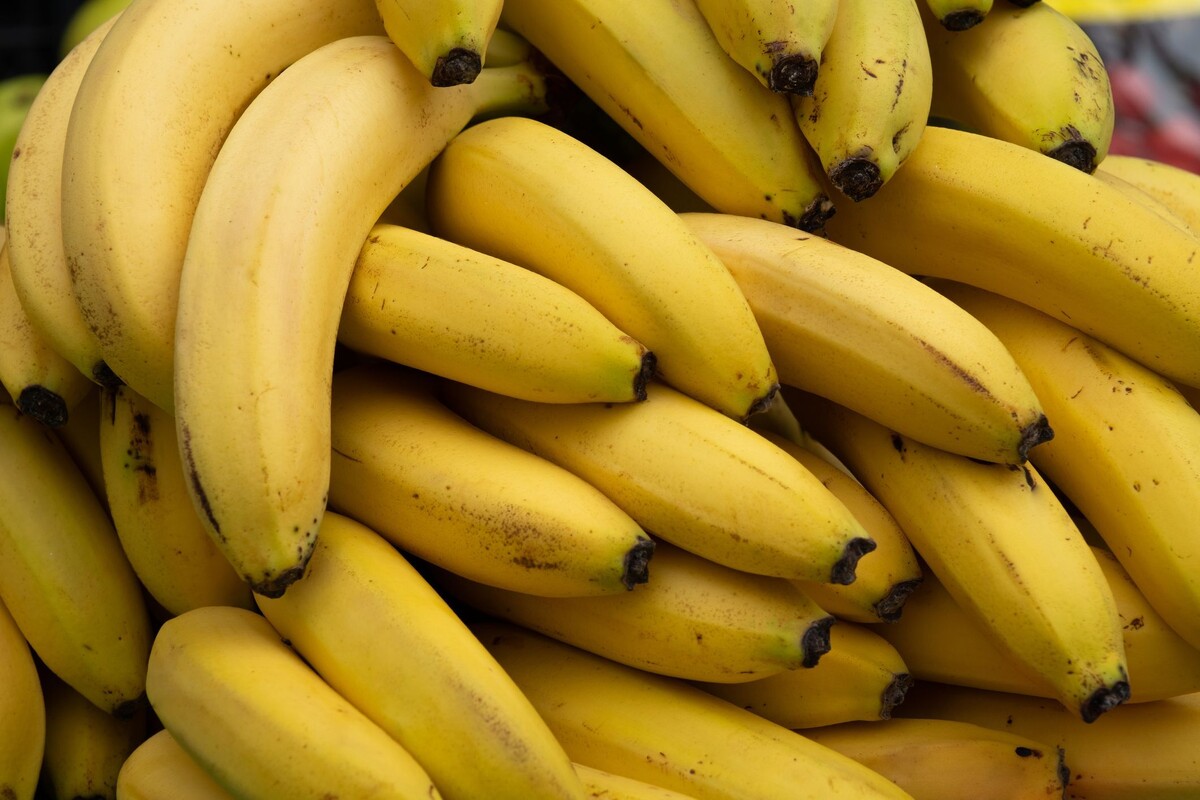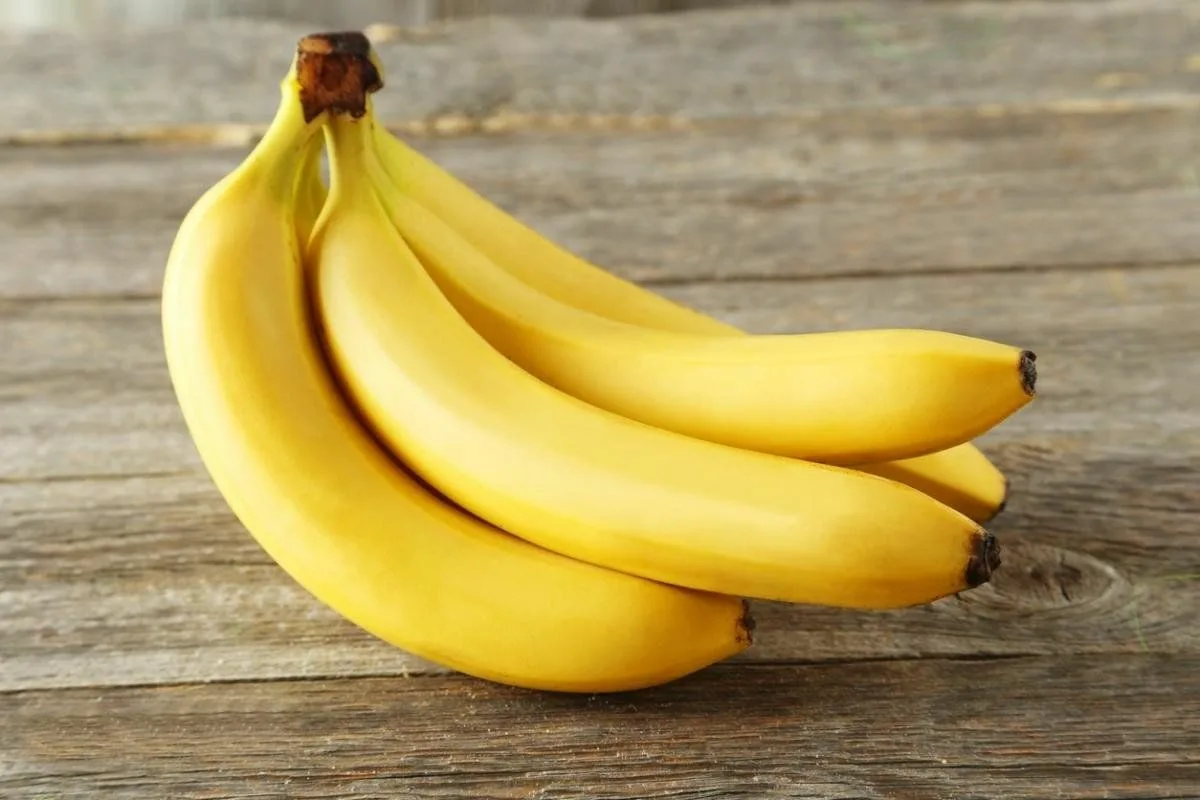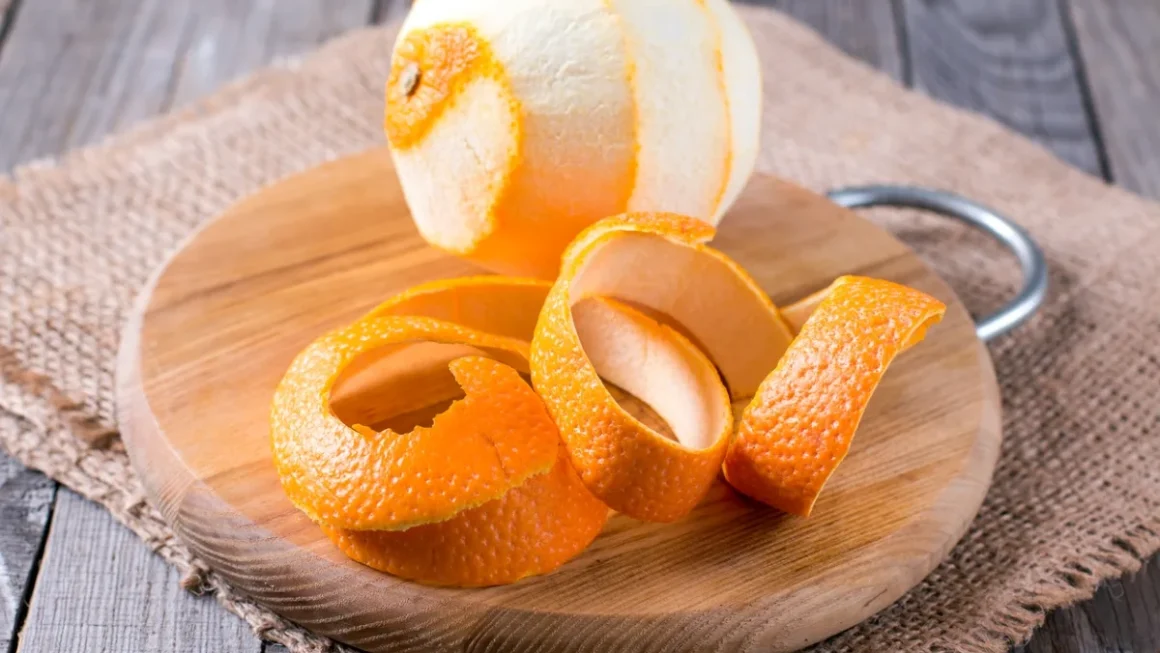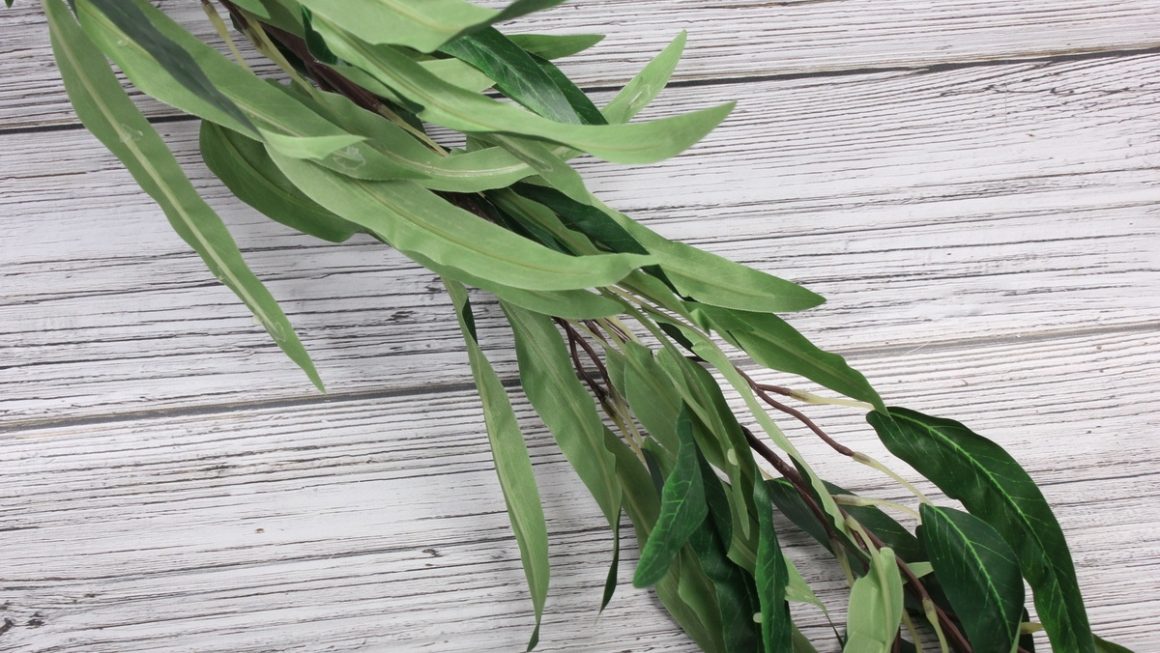Bananas are one of the most widely consumed fruits in the world. They originate from Southeast Asia, but are eaten by millions of people in different countries. They are an ideal ingredient for countless recipes thanks to their nutrients, versatility and delicious flavour.
However, bananas are one of the fruits with the fastest ripening process, which causes their characteristic yellow colour to turn dark brown or even black in a matter of days. This does not only happen on the outside of the skin, but also on the inside, causing the fruit to become soft, which many people describe as “mushy”.
1. The stalk
This fruit has a specific part that connects it to the bunch, something that many of us know as the tip or tail, but which is actually called the stalk. This element serves to connect the banana to the plant from which it grows and is key in the oxidation process that ultimately turns our fruit black.

2. The ripening process
When the banana is removed from the plant, it releases different enzymes which, when they come into contact with oxygen, cause the fruit to ripen. This food goes through different stages during ripening and when it reaches its peak, it begins to rot and acquire a bitter taste.
3. Cut the stalk
To prevent bananas from turning brown or black a few days after buying them and keeping them at home, simply cut off the stalk. The biggest mistake we make is not doing this, as removing this part of the fruit slows down the ripening process, allowing the banana to retain its yellow, appetising colour. Another option is to cover it with cling film to delay ripening as long as possible.




